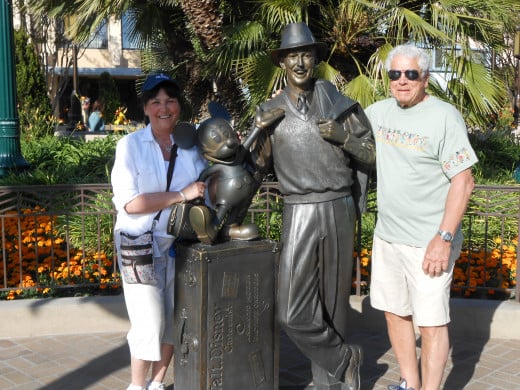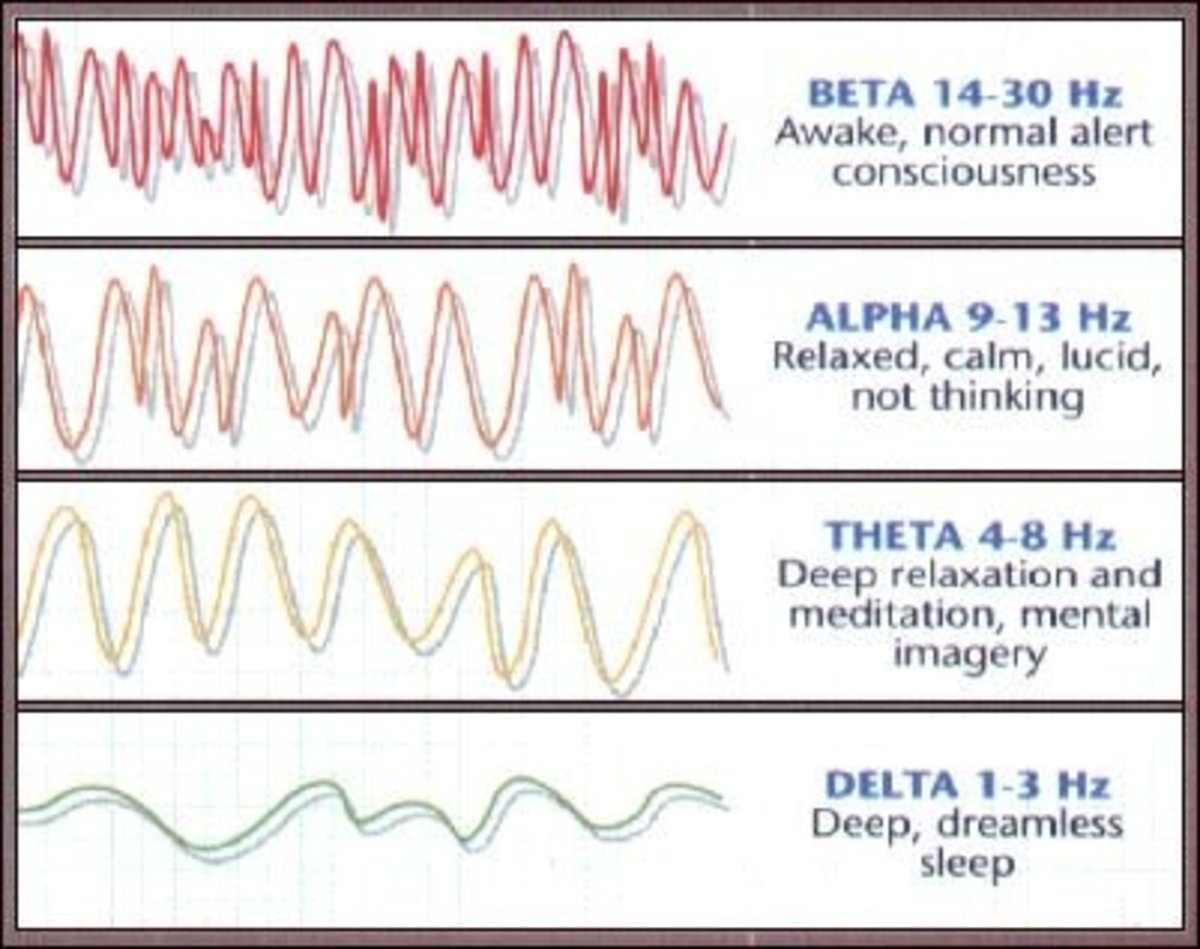Why Do Ears Pop When Landing in Airplanes?

Ear Pain Can Hurt When Landing in a Plane
On a recent airplane trip across the country, the pain shooting through my ears was excruciating as we descended into the Los Angeles Airport. Sometimes the left ear, sometimes the right but pain bad enough to make my eyes water. Since I was an 8-year-old child on my very first plan trip to visit my grandparents in California, I have had terrible trouble with my ears “popping” when I am in an airplane that is landing. By this time in my life I have realized that the only thing that really helps me is to chew gum all the way through the descent and landing. But on that Wednesday morning, I had forgotten to keep the gum with me and stored my bag in the overhead bin. I yawned, I swallowed repeatedly, but nothing helped. All I could do was sit there repeating, “I need my gum” and try not to cry from the pain. My husband, after suggesting that I block my nose and blow out, which did nothing, was gracious enough to ask a steward to get the bag down for me, and I dove for the pocket where I had stored the pack of gum. Within a matter of minutes, the pain subsided, and I could vaguely hear sounds again, other than the crackling and popping noises coming from inside my head.
So, what exactly makes ears “pop” you may be wondering. The pain of that experience made me determined to find out. It turns out that the actual popping sound that happens is due to ears trying to regulate the pressure between the inside of the ear, and the outside of the ear. Ears usually 'pop" when there is a drastic change in air pressure such as when a person is diving or descending in an airplane. When a person experiences a drastic or quick air pressure change outside of their body, it quickly affects the ear drum. Under these circumstances, the ear drum becomes strained and bulges. You have probably heard of the Eustachian Tubes before. I have too but never knew their purpose until now. The Eustachian tubes run from a person's nose to their jaw and are located behind the ear drums. The main purpose of the Eustachian tubes is to allow the pressure inside the eardrum to equalize. It does so by allowing air to flow into or out of the middle ear as needed to keep air balanced. The movement of air through this tube as it equalizes the amount of air creates the "popping" noise. As air is balanced in these tubes, the pressure on the ear drum is relieved and brings a physical relief to the person experiencing the air pressure changes.
Normally, the Eustachian tubes are closed, but when a person moves his or her jaw, the tubes open and can bring more air in to equalize the pressure. This is why chewing gum, eating, or drinking is recommended for people experiencing pain when landing in an airplane. Even when babies are traveling on airplanes with their parents, it is helpful for them to nurse or drink from a bottle while descending in flight. The movement of the jaw helps air flow, and this equalizes air pressure in the ear drum. And that my friends, explains the culprit that causes so much pain when ears "pop."
Suggestions For Preventing Ear Pain on Flights
* Chew gum...it naturally makes you swallow which balances the ear
* Suck on candy or eat or drink something ( same as above)
* Yawn as many times as possible until your ears equalize the pressure and feel better
For Infants
Infants can feel ear pain as well but can't tell you why they are crying. Here are some tips:
* Nurse your Baby
* Give the baby a bottle to drink from, or if they are old enough to hold a sippy cup, let them drink from that.
* Let them suck on a pacifier to produce saliva they will swallow.
* If you have nothing else available, let the baby suck on the tip of a clean finger. This works like a pacifier and will produce saliva they will swallow.



